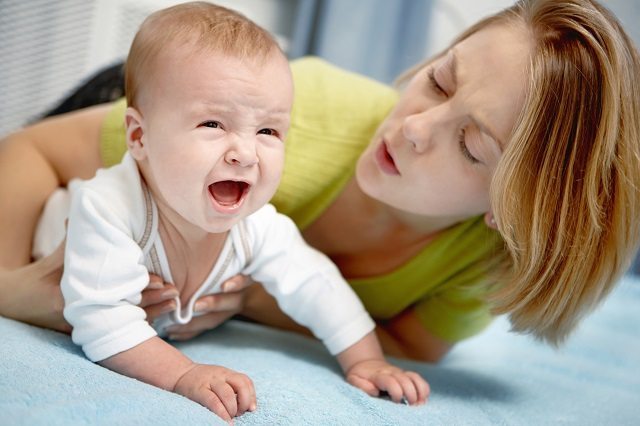Babies process pain the same as adults, study suggests
Researchers at Oxford University have studied baby’s brains in order to observe the effect that pain has on them. The researchers watched infants as young as a day old, and saw that their brains processed a light prodding in their feet, showing up their active response to pain in their brains.
Previously, and until as recently as the 1980s, researchers assumed newborns did not have fully developed pain receptors, and thought that any responses infants had to pain stimulants were only muscular reactions. But new research published in eLife (elifesciences.org) has changed that.
Associate professor of pediatric neuroimagining at Oxford, Rebeccah Slater, along with her colleagues placed ten infants of 1-6 days old in an fMRI machine. The findings, which were reported in eLife, observed which areas of the babies’ brains became more active, or consumed more oxygen, when the scientists lightly prodded their feet. They then went on to test a group of adults in the same way and compared the brain images. The conclusion that they came to was that the infants did indeed have the same responses as the adults.
Over twenty regions that were stimulated in the adults brains in response to the stimuli, eighteen of those were also stimulated in the infants. Slater says: “I might have thought that some information might have gone to the sensory areas of the brain — telling the baby something was happening on the foot, for example — but I didn’t necessarily think it would go to areas more commonly involved in emotional processing such as the anterior cingular cortex, which is thought be involved in the unpleasantness associated with an experience.”
The study now raises awareness of infants reacting to pain and may change the way doctors treat newborn babies, especially ones that require extra medical attention, now that the findings show infants are receptive to pain.
Slater went on to comment in the published findings that “Now that we have seen for the first time what is happening in babies’ brains while they experience something mildly painful, there should be a big drive to try to treat pain in these children, especially those having a high number of procedures performed in their early days.”
maternity&infant
Originally posted 2015-04-21 09:24:38.









